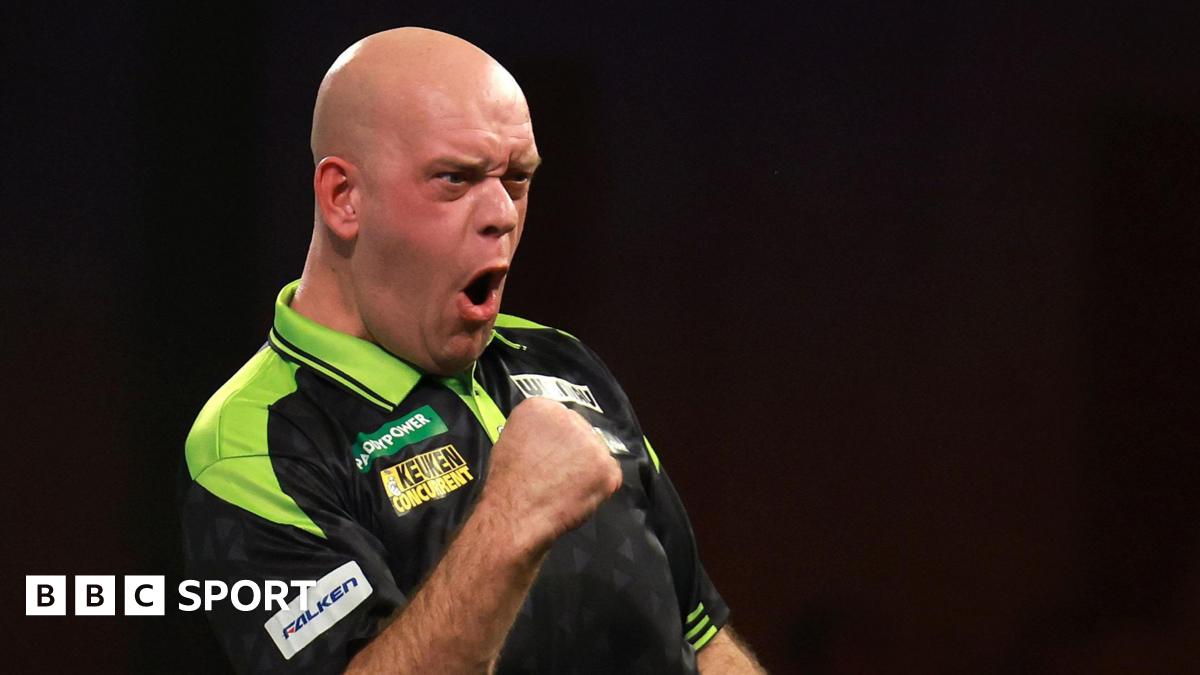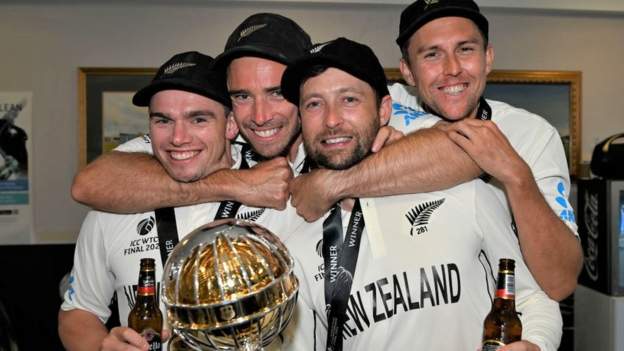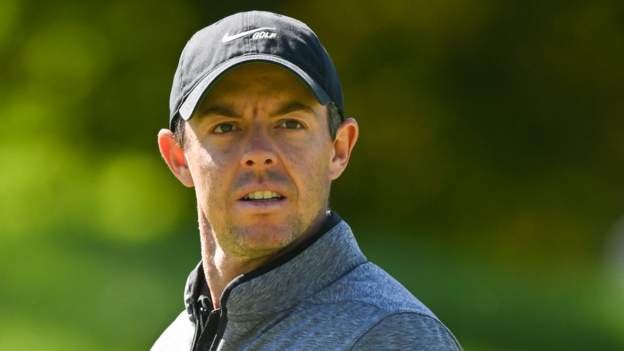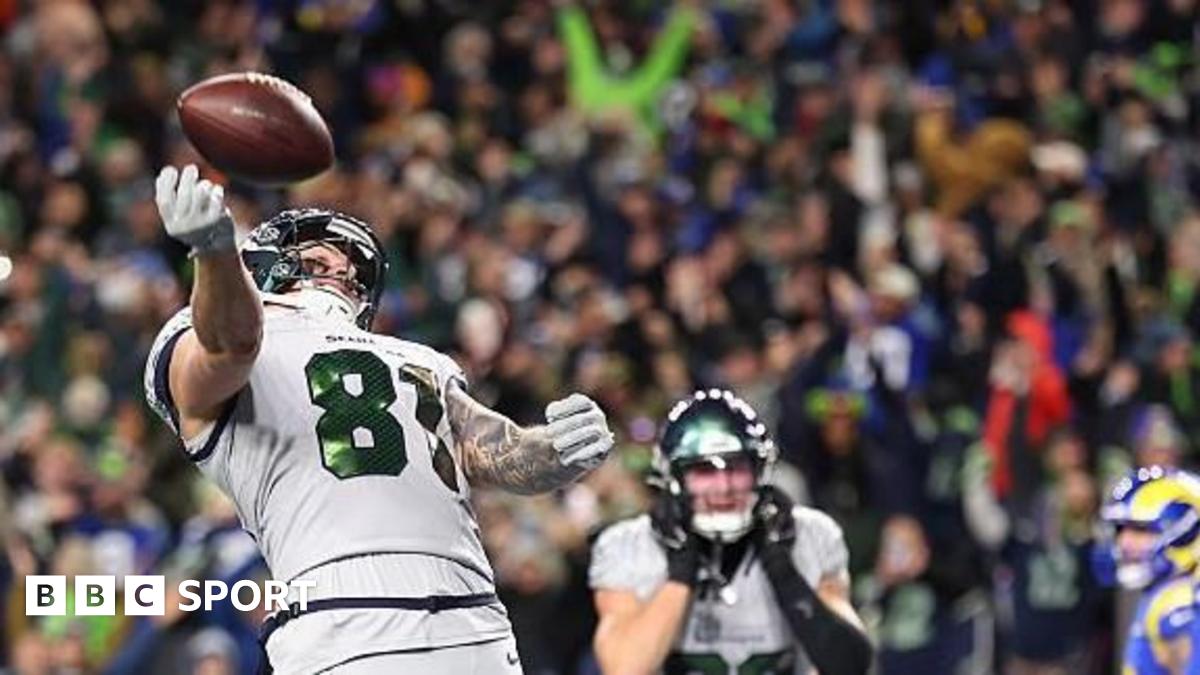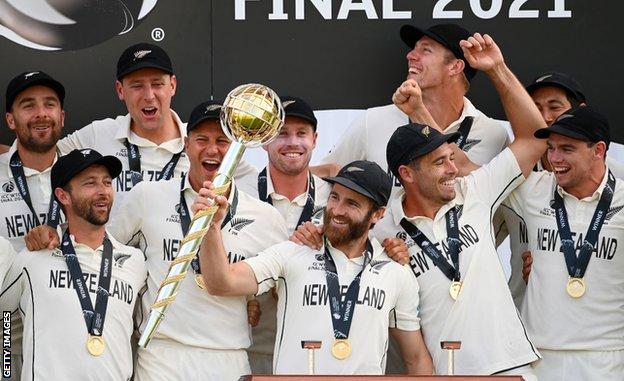
New Zealand were the inspiration for England to transform their limited-overs cricket after the 2015 men’s World Cup. Now, in an attempt to reinvigorate their Test team, England are trying to borrow from them again.
That can be seen in the appointment as England’s new Test head coach of Brendon McCullum, who captained New Zealand from 2012 to 2016. During those four years, McCullum helped his home country rise from eighth in the world rankings. Under his successor Kane Williamson, they reached number one for the first time in 2021, when they also won the inaugural World Test Championship.
New Zealand have thrived in the limited-overs game as well, reaching the finals of the past two one-day international World Cups and last year’s T20 World Cup.
They have managed it all with a population of just five million – the smallest of any of the 12 Test sides – and with an annual revenue lower than the richest English counties, such as Surrey.
So what’s the formula? And what might England learn from it? Here are five factors that have underpinned New Zealand’s transformation from a team languishing among the lower echelons of Test nations into a side who excel in all three international formats of the game.
1. Governance that puts cricket first
In 1995, three prominent New Zealand cricketers admitted to smoking marijuana on their tour of South Africa. One of those, Stephen Fleming, later said “more than half the squad were involved”.
The turmoil that followed led to something that seldom promises major change: a governance review.
The old New Zealand Cricket (NZC) board comprised 13 members, all drawn from the country’s six provincial associations and all unpaid. The Hood Report recommended a trimmer board of paid administrators, who would be the best people for the job, rather than part-timers selected by provincial associations. Remarkably, the old board effectively voted themselves out of existence.
NZC was now empowered to take decisions based on the best interests of the game in New Zealand, not the parochial interests of the provincial associations. The new board swiftly innovated to popularise cricket, developing shorter formats at grassroots level aimed at increasing participation. In 1996, they launched the short-format game Cricket Max – in many ways the precursor to Twenty20, which was first played in 2003.
The All Blacks were among those to emulate NZC’s structure. But it remains largely an outlier in cricket. Cricket West Indies has rejected a series of reports calling for independent governance. In England, major changes need to be approved by an unwieldy vote of the England and Wales Cricket Board’s 41 members – comprising the chairs of the 18 first-class counties, the 21 national counties, the Marylebone Cricket Club and the chair of the National Counties Cricket Association.
2. Professionalising the domestic game
In 2000, domestic players in New Zealand were all semi-professional. The only professionals were the members of the national squad, who’d become so in 1995. It damaged standards; many players left the sport early because they weren’t paid enough.
The New Zealand Cricket Players Association (NZCPA), formed in 2001, negotiated a fixed pool of money to be distributed from the board’s revenue to players. It marked the beginning of the fully professional domestic cricket era in the country.
Today, 116 cricketers in New Zealand – 16 in each of the provinces and another 20 with central contracts – are professional, contributing to the country’s unprecedented depth. They have so many options that Matt Henry, who took 7-23 against South Africa in February and was player of the match in two of his last three Tests, wasn’t picked against England at Lord’s.
And the professionalisation of the domestic game also extended to coaching. Before 2001, domestic coaches worked only in the summer, rather than being full-time professionals.
“The characters you could pick were pretty much people who were in jobs that could afford to take two or three months off, so clearly you weren’t always getting the best people,” says Mike Hesson, who worked in various coaching roles for Otago from 1996, and was national coach from 2012 to 2018.
Now, coaching is treated like a serious career, helping players to maximise their talents.
3. Improving domestic infrastructure – and pitches
As well as improving pay for players and coaches, NZC has upgraded the sport’s infrastructure.
In 2002-03, domestic matches were played at 24 different grounds, with the six provinces criss-crossing the country, playing games at small venues in small towns.
“Many of the venues just didn’t have practice or playing facilities that were going to help develop players,” Hesson recalls.
In 2005, the NZCPA pressed NZC to introduce a ‘warrant of fitness’ – essentially, criteria for playing and practice facilities that any ground hosting domestic cricket had to meet. This has been the catalyst for a surge in the quality of training and practice facilities.
It has also transformed the quality of pitches in New Zealand, which were traditionally green seamers – giving batters little experience of building long innings and bowlers little experience on flat pitches.
These have now become far more conducive to batting, replicating the conditions normally found in Test cricket. Since 2010, averages in New Zealand domestic cricket have been higher than anywhere else in the world, and the closest of anywhere in the world to the average in Test cricket.
4. An enlightened attitude towards T20
The launch of the Indian Premier League (IPL) in 2008 meant that players – especially those from outside Australia, England and India – could now earn more from foreign T20 leagues than the international game.
Many countries long failed to recognise this reality. England were scornful of the IPL until 2015. West Indies mandated that players had to play in their domestic 50-over tournament to be eligible for the national one-day team, even though it clashed with major T20 leagues. It was a self-defeating policy, which meant that West Indies often picked weakened sides.
In 2018, South Africa’s superstar AB de Villiers retired from international cricket. He wanted to play a combination of lucrative T20 tournaments and major internationals, but was unable to “pick and choose”, as he termed it.
Of all leading nations, New Zealand have perhaps dealt with the new reality most shrewdly. Their flexible policy has allowed players to miss low-key internationals to play in T20 leagues, ensuring that, barring injuries, they have been at full strength for the games that matter most. Had they tried to limit players’ participation in leagues, “you would end up with players retiring earlier, potentially prioritising IPL over international cricket,” Hesson says.
NZC’s pragmatism has extended to their own T20 competition. Other mid-sized countries have tried to generate their own mini-versions of the IPL, often with disastrous results. Cricket South Africa lost £11m on the Global T20 League, which was cancelled before its launch in 2017.
Of the 12 ICC full members, New Zealand is the only one that has not tried to create a glitzy T20 tournament built around new teams; instead, its T20 competition uses the same sides that compete in domestic first-class cricket. This means that the board has avoided overextending themselves in pursuit of a market that isn’t there.
5. A culture that puts the national team first
Before he walked out at number three at Lord’s, Ollie Pope had never batted in the top three in any first-class match. Surrey would have been open to batting him at three at the start of this season – but England didn’t think to ask, emblematic of how counties and the international side do not always work in synergy.
New Zealand have benefited from an altogether more collaborative approach between the national side and domestic teams. As New Zealand head coach, Hesson occasionally influenced domestic selection for the good of the national team.
Soon after taking over, he called up the Northern Districts head coach to ask if BJ Watling – who played as a specialist opener – could instead keep wicket and bat in the middle order. Watling would become arguably New Zealand’s best Test wicketkeeper.
Similarly, Hesson requested that Canterbury move opener Tom Latham to bat in the middle order and keep wicket in one-day cricket – the same role that he would play in New Zealand’s run to the 2019 World Cup final.
A combination of history and geography – the relative lack of regional divides and ease of travel – has created a culture in which the six districts are tasked with furthering the interests of the national team first, mirroring the system in New Zealand Rugby.
A portion of each domestic head coach’s salary is directly paid by NZC, and developing international players is part of each coach’s key performance indicators. Players who live in one major association but play in another can also get full access to local training facilities during the off-season.
Domestic sides have also accepted their fixture list being pared back for the greater good. In 2018, NZC reduced their domestic first-class programme from 10 rounds to eight to fund increasing investment in their A-team programme – a decision made possible by this collective understanding of the need to prioritise the national team.
Culture is perhaps New Zealand’s greatest advantage. It might also be the hardest to replicate.
Stefan Szymanski and Tim Wigmore are the co-authors of Crickonomics.






